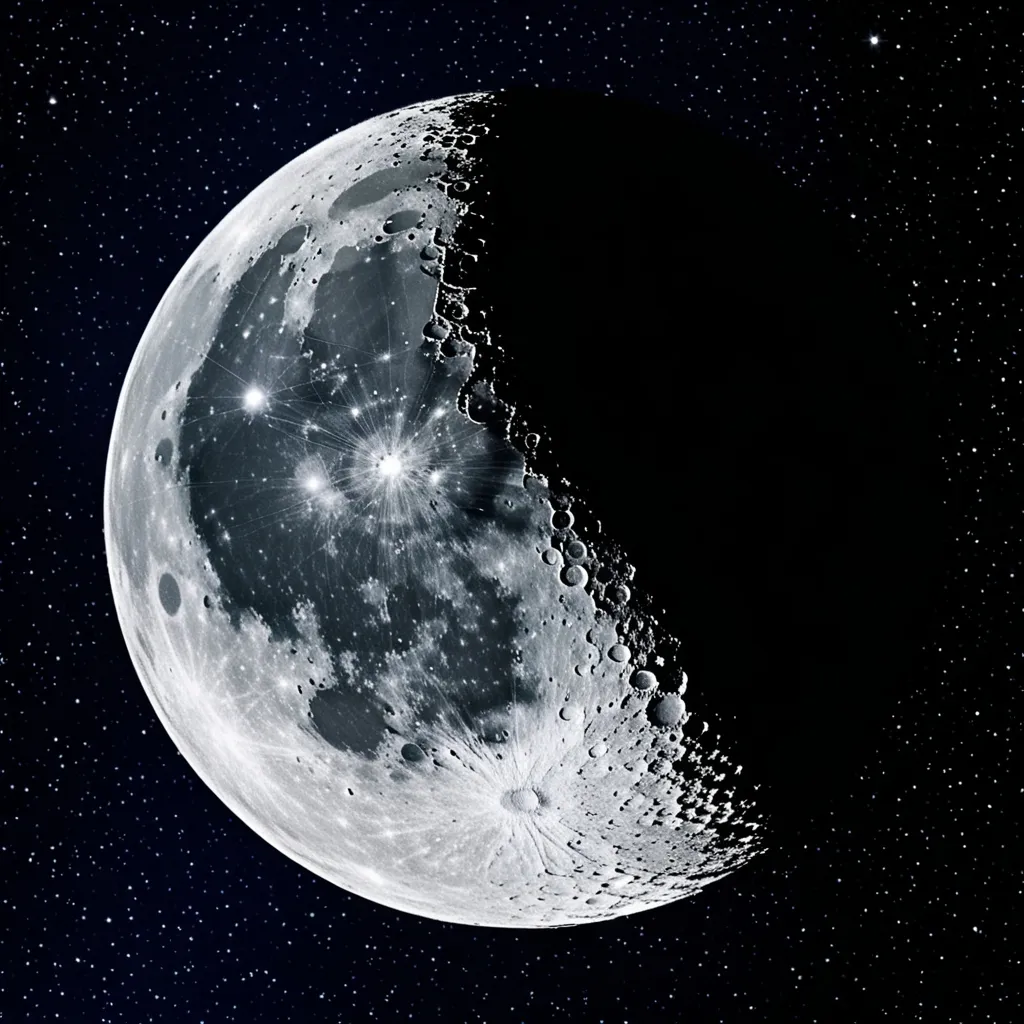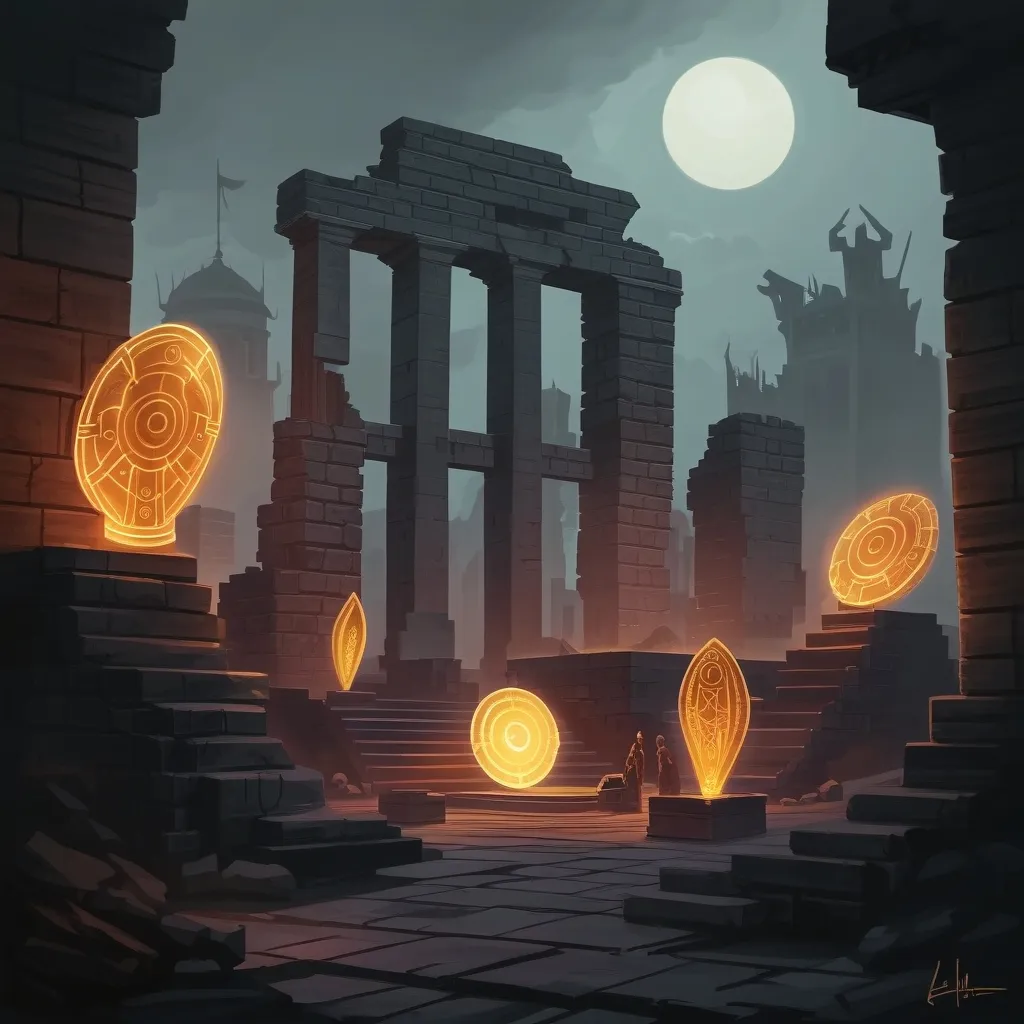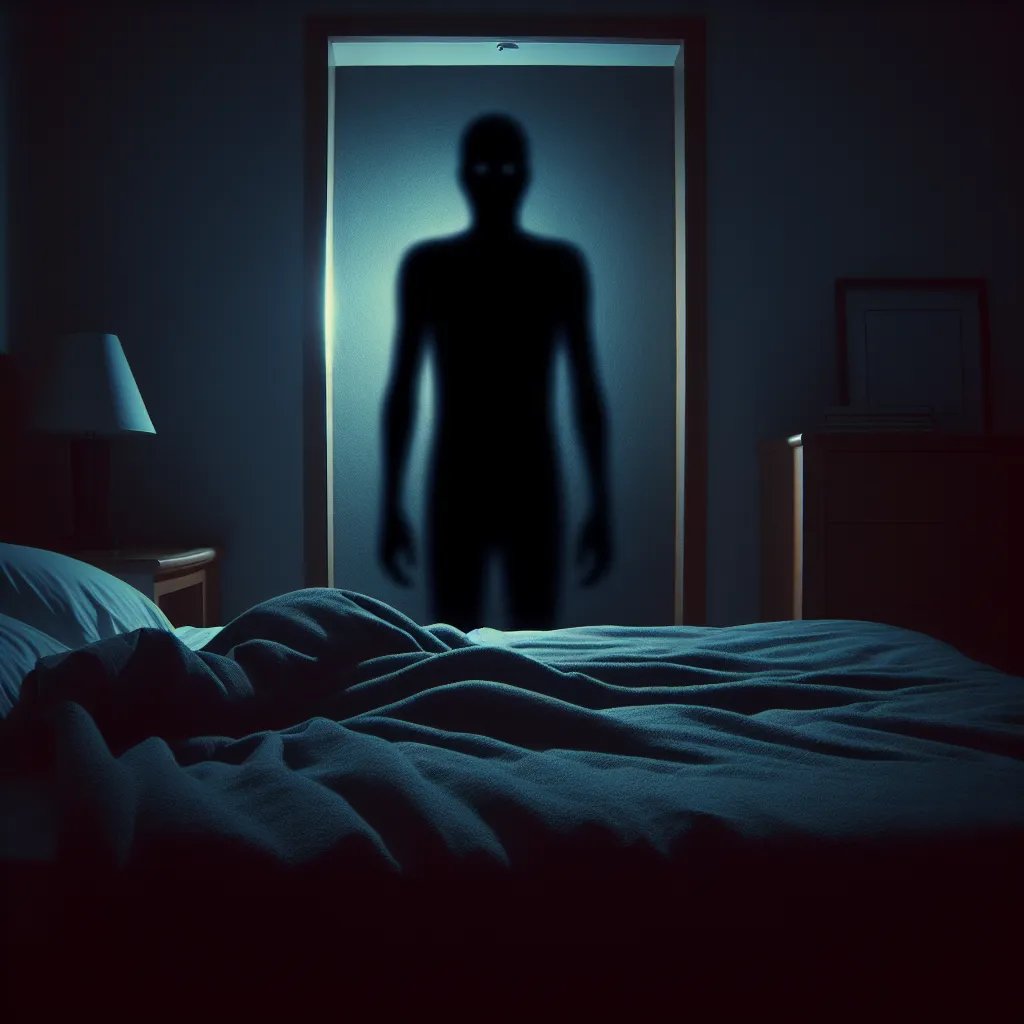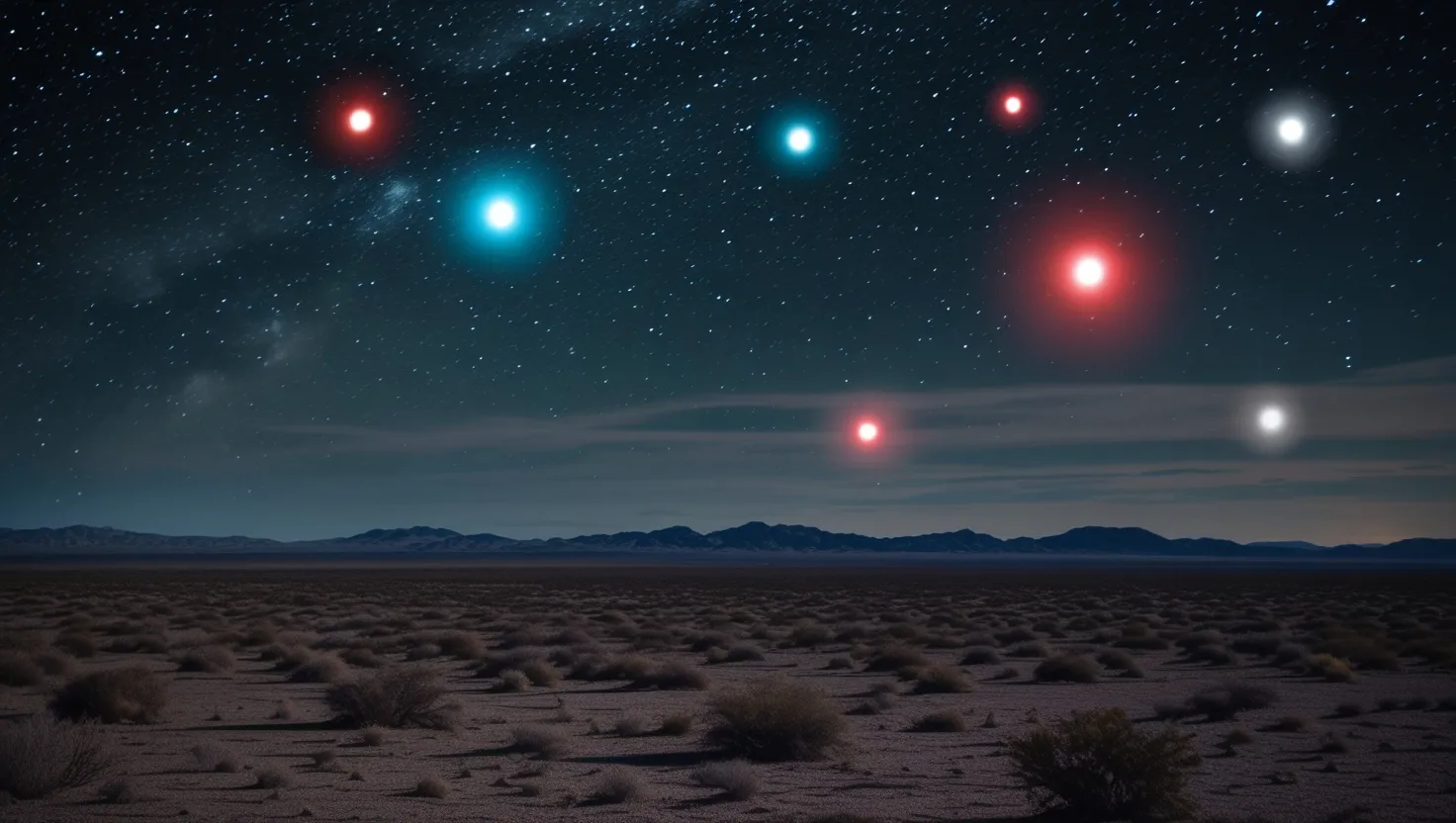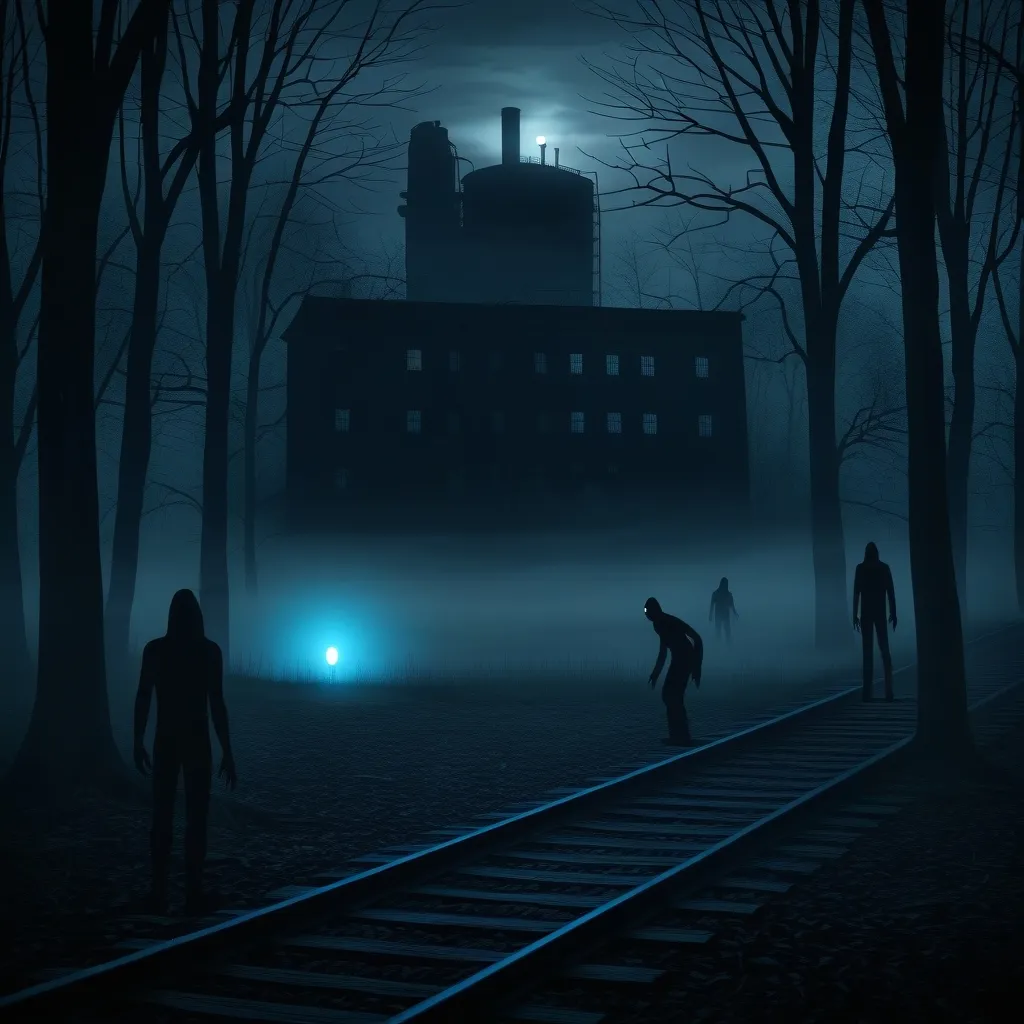The Dark Side of the Moon: Myths, Mysteries, and Scientific Realities
Ever since humans first gazed up at the night sky, the moon has captured our imagination. But nothing has sparked more intrigue than its dark side - that mysterious face we never see from Earth. It’s been the stuff of legends, conspiracy theories, and wild speculation about alien bases. But what’s the real deal with the moon’s hidden half?
Let’s dive into this lunar mystery and separate fact from fiction. Spoiler alert: the truth is just as mind-blowing as any alien story!
First off, let’s clear up a common misconception. The “dark side” isn’t actually dark all the time. It gets just as much sunlight as the side we see. We call it the dark side because it’s always facing away from us, shrouded in mystery. It’s like that friend who never shows up to parties - you know they exist, but what are they really up to?
This whole situation is thanks to something called tidal locking. Basically, the moon takes the same amount of time to rotate on its axis as it does to orbit Earth. The result? We always see the same lunar face. It’s like the moon is doing a very slow, very awkward dance around us.
Now, here’s where things get interesting. Back in 1959, the Soviet spacecraft Luna 3 pulled off an epic photoshoot and gave us our first peek at the moon’s shy side. And boy, was it different from what we expected! While the near side has those iconic dark patches we call maria (Latin for “seas,” though they’re actually lava plains), the far side is crater city. It’s like comparing a smooth jazz album cover to a teenager’s acne-ridden selfie.
This difference stumped scientists for years. They called it the Lunar Farside Highlands Problem, which sounds like a snooze-fest of a board game. But the explanation is pretty cool. It turns out the far side’s crust is thicker, probably due to how the moon formed after a massive cosmic fender-bender with Earth. This thicker crust acted like a shield, preventing lava from bubbling up and creating those dark patches we see on the near side.
Now, let’s talk conspiracy theories, because who doesn’t love a good tinfoil hat moment? One of the most popular claims is that astronauts discovered secret alien bases during their lunar adventures. Picture this: Neil Armstrong takes that famous first step, looks around, and sees a neon sign saying “Alien’s R Us.” Sounds exciting, right?
Unfortunately (or fortunately, depending on how you feel about extraterrestrial neighbors), there’s no credible evidence to back this up. NASA hasn’t suddenly gone, “Oops, we forgot to mention the Martian mall on the moon!” But that hasn’t stopped the rumors from flying faster than a UFO on caffeine.
One of the wilder stories involves a supposed “castle” on the moon. Imagine a lunar Hogwarts, complete with space wizards and zero-gravity Quidditch. Sadly, this tale is about as solid as a sandcastle in a tsunami. It’s mostly based on secondhand stories and blurry photos that could just as easily be showing moon rocks or imaging artifacts.
Speaking of photos, modern technology has given us some killer views of the lunar surface. NASA’s Lunar Reconnaissance Orbiter has been playing paparazzi with the moon since 2009, snapping high-res pics that would make any Instagram influencer jealous. Of course, these images have sparked both scientific interest and a new wave of conspiracy theories. Some folks look at these pics and see alien structures. Scientists look at the same images and see… rocks. It’s like a lunar Rorschach test.
But here’s the thing - the real story of the moon is just as fascinating as any alien tale. Take China’s Chang’e-4 probe, for example. This little robot has been cruising around the far side of the moon since 2019, doing science stuff and sending back info that’s blowing researchers’ minds. It’s like having a pen pal on the moon, except this one actually writes back and doesn’t ask for money.
The moon has been inspiring humans for thousands of years. It’s in our myths, our legends, our music (shoutout to Pink Floyd), and even our cheesy pickup lines. There’s something about that big, mysterious orb in the sky that speaks to our love of the unknown.
In the end, the dark side of the moon is like that mysterious neighbor who never leaves their house. We can speculate all we want, but the truth is probably less exciting - and yet somehow more interesting - than we imagine. It’s not hiding alien bases or lunar castles. Instead, it’s a testament to the violent birth of our solar system, a geological time capsule, and a reminder of how much we still have to learn about our cosmic backyard.
So, the next time you look up at the moon, remember - you’re seeing only half the story. The other half might not have aliens, but it’s got enough craters, mysteries, and scientific puzzles to keep us stargazing for generations to come.
Who knows? Maybe one day we’ll build our own bases up there. Lunar lattes, anyone?
